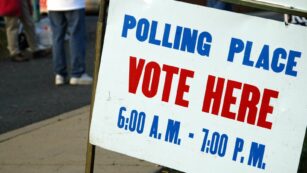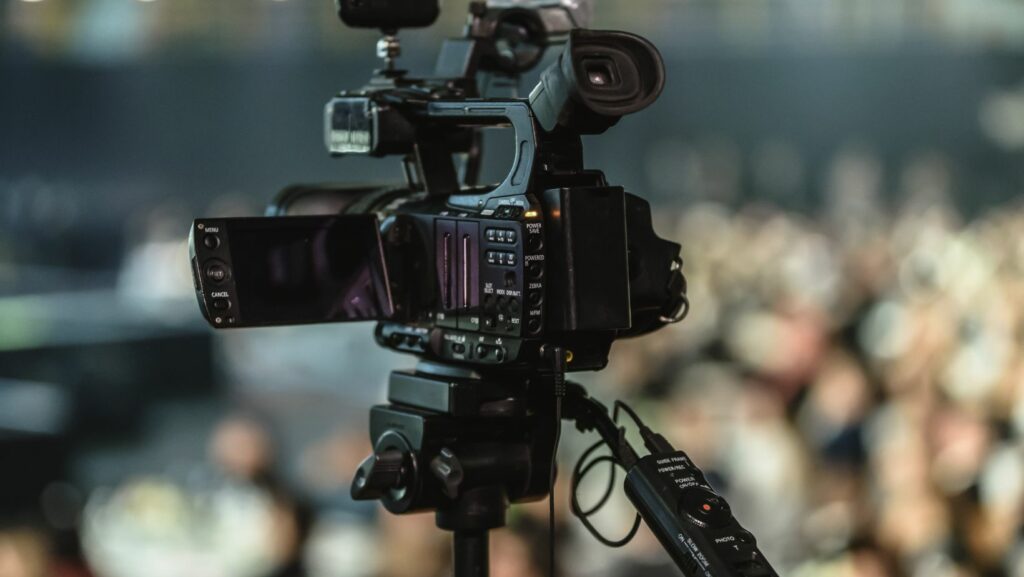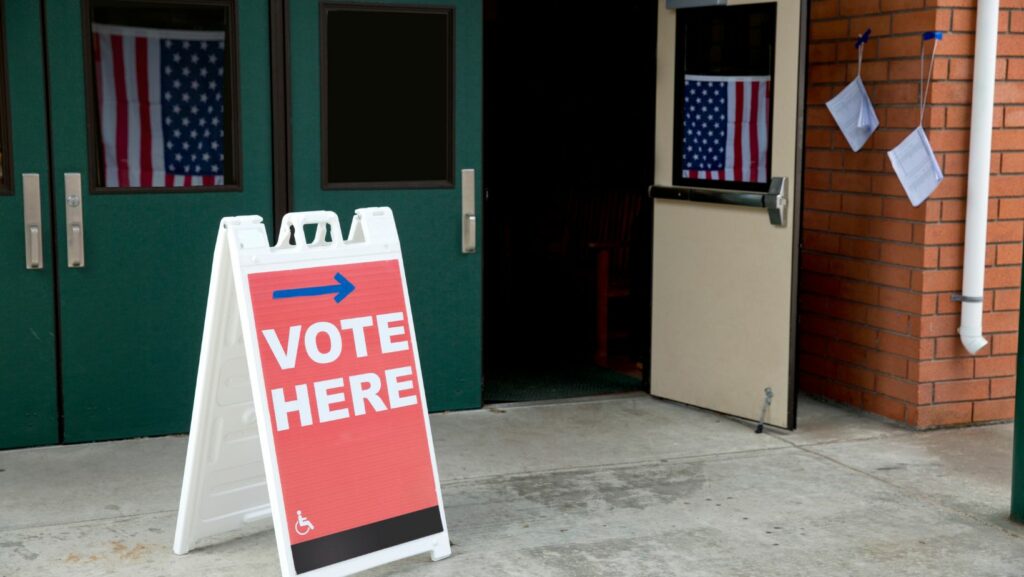In today’s fast-paced digital age, media coverage wields immense power in shaping public perception during elections. As candidates vie for voters’ attention, the media becomes a critical player, influencing opinions and potentially swaying election outcomes. From traditional newspapers to social media platforms, diverse channels provide a constant stream of information, analysis, and commentary.
Media coverage not only informs the public about candidates’ policies and campaign events but also frames the narrative around key issues. It highlights controversies, amplifies debates, and often sets the agenda for what voters consider important. This dynamic interaction between media and the electorate underscores the significant role media plays in the democratic process.
What Role Does Media Coverage Play In The Election Process?
 Media coverage plays a crucial role in elections by shaping public opinion and influencing voter perceptions. Various forms of media, including television, radio, newspapers, and digital platforms, inform citizens about candidates, their policies, and campaign developments. By reporting on these elements, media outlets provide voters with the information needed to make informed decisions at the polls.
Media coverage plays a crucial role in elections by shaping public opinion and influencing voter perceptions. Various forms of media, including television, radio, newspapers, and digital platforms, inform citizens about candidates, their policies, and campaign developments. By reporting on these elements, media outlets provide voters with the information needed to make informed decisions at the polls.
Media channels set the electoral agenda by highlighting specific issues and topics to the public. By focusing on particular narratives, they can direct voter attention toward certain political themes and potentially shape the discourse around them. This agenda-setting function positions media as key players in the election process, significantly impacting how issues are perceived and prioritized by the electorate.
Evolution of Media Platforms
Media platforms have evolved significantly over time, impacting election coverage. In the 19th century, newspapers dominated election reporting, providing written accounts of speeches and political rallies. The 20th century saw the rise of radio and television, which added audio and visual dimensions to political coverage. These mediums allowed candidates to directly reach larger audiences and personalize their messages. In the 21st century, digital platforms and social media revolutionized election coverage with real-time updates and interactive features, giving rise to citizen journalism and user-generated content.
Milestones in Election Reporting
 Several milestones mark the transformation of media’s role in elections. The first televised presidential debate in 1960 between Kennedy and Nixon highlighted the influence of visual media on public perception. The introduction of 24-hour news channels in the 1980s, like CNN, enhanced the immediacy of election news. More recently, social media’s role in the 2008 Obama campaign demonstrated the power of digital engagement and targeted outreach. Each of these milestones underscored the media’s evolving impact on electoral strategy and voter behavior, shaping the way elections are conducted and perceived.
Several milestones mark the transformation of media’s role in elections. The first televised presidential debate in 1960 between Kennedy and Nixon highlighted the influence of visual media on public perception. The introduction of 24-hour news channels in the 1980s, like CNN, enhanced the immediacy of election news. More recently, social media’s role in the 2008 Obama campaign demonstrated the power of digital engagement and targeted outreach. Each of these milestones underscored the media’s evolving impact on electoral strategy and voter behavior, shaping the way elections are conducted and perceived.
Media outlets shape perceptions by selecting which stories to highlight, influencing how the public views candidates and their platforms. For instance, highlighting a candidate’s achievements can create a favorable perception, while focusing on controversies may lead to negative views. The narrative constructed by the media often frames the context in which voters understand election issues, thus swaying public opinion toward or against certain viewpoints.
Impact of Bias and Objectivity
The media’s objectivity or bias significantly impacts public opinion. When reports lack balance, they may skew public understanding, leading to misinformed voting decisions. For instance, biased reporting that emphasizes particular points of view can polarize audiences. Conversely, objective media coverage that presents facts impartially supports a well-informed electorate, helping voters make choices based on accurate information rather than prejudice or inaccurate portrayals.
Media Strategies and Tactics
 Political campaigns employ media strategies to sway public opinion. These tactics include leveraging social media platforms for direct engagement and tailoring content to resonate with specific demographics. For example, targeted ads and curated messages aim to reinforce support and attract undecided voters. Additionally, campaigns often seek to control the narrative by timing press releases or events to maximize positive media exposure, further influencing voter perceptions and decisions.
Political campaigns employ media strategies to sway public opinion. These tactics include leveraging social media platforms for direct engagement and tailoring content to resonate with specific demographics. For example, targeted ads and curated messages aim to reinforce support and attract undecided voters. Additionally, campaigns often seek to control the narrative by timing press releases or events to maximize positive media exposure, further influencing voter perceptions and decisions.
Media plays a pivotal role in elections, wielding significant influence over public perception and voter behavior. As the landscape of media continues to evolve, its responsibility to provide accurate and balanced reporting becomes increasingly crucial. The ethical considerations surrounding media coverage are vital to maintaining a fair electoral process, as biased or misleading information can undermine democratic values and erode trust. By prioritizing objectivity and transparency, media outlets can ensure they contribute positively to the democratic process, fostering an informed electorate capable of making sound decisions at the polls.



